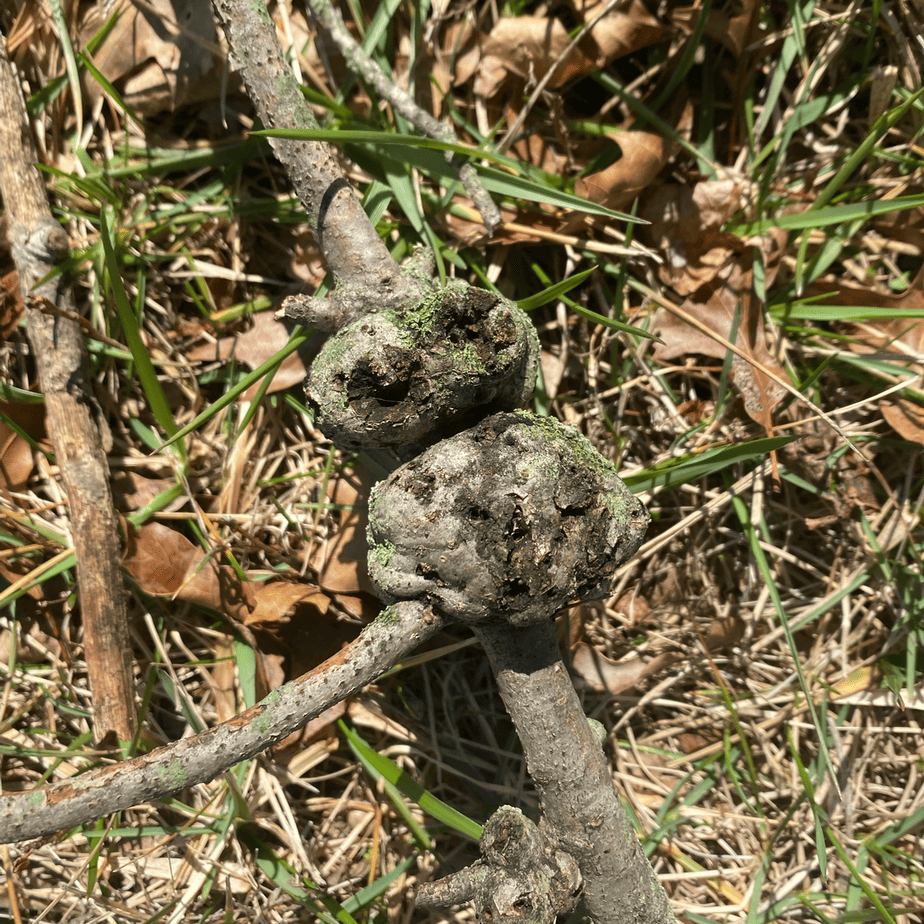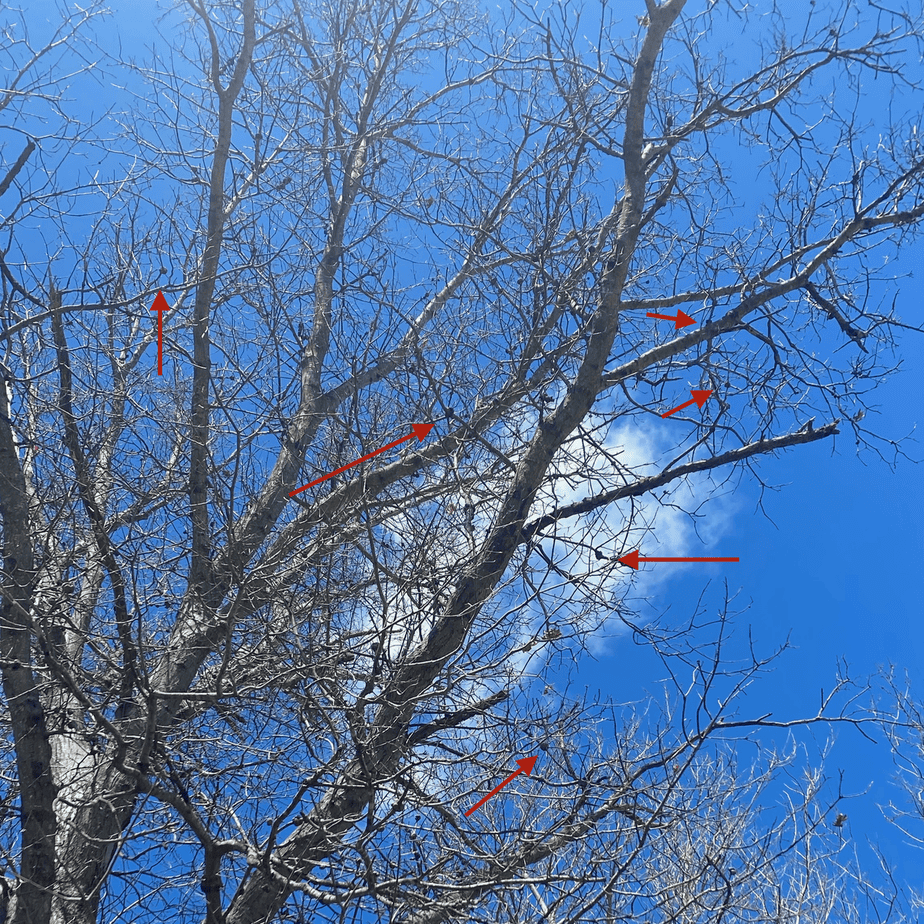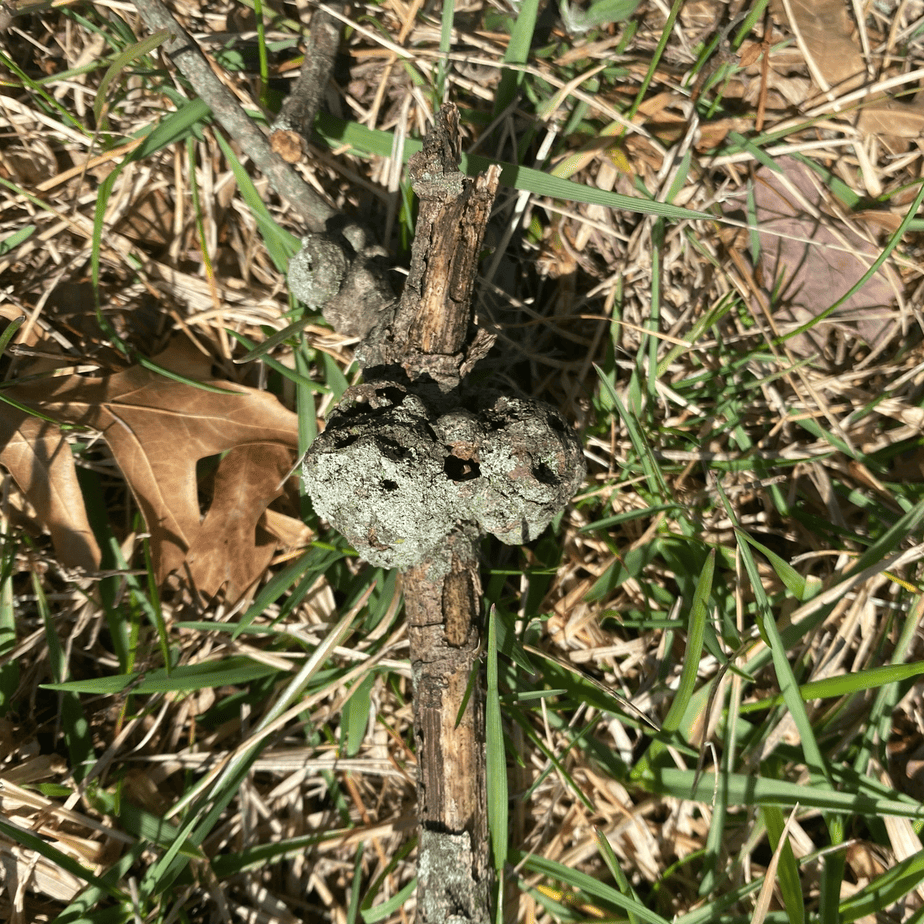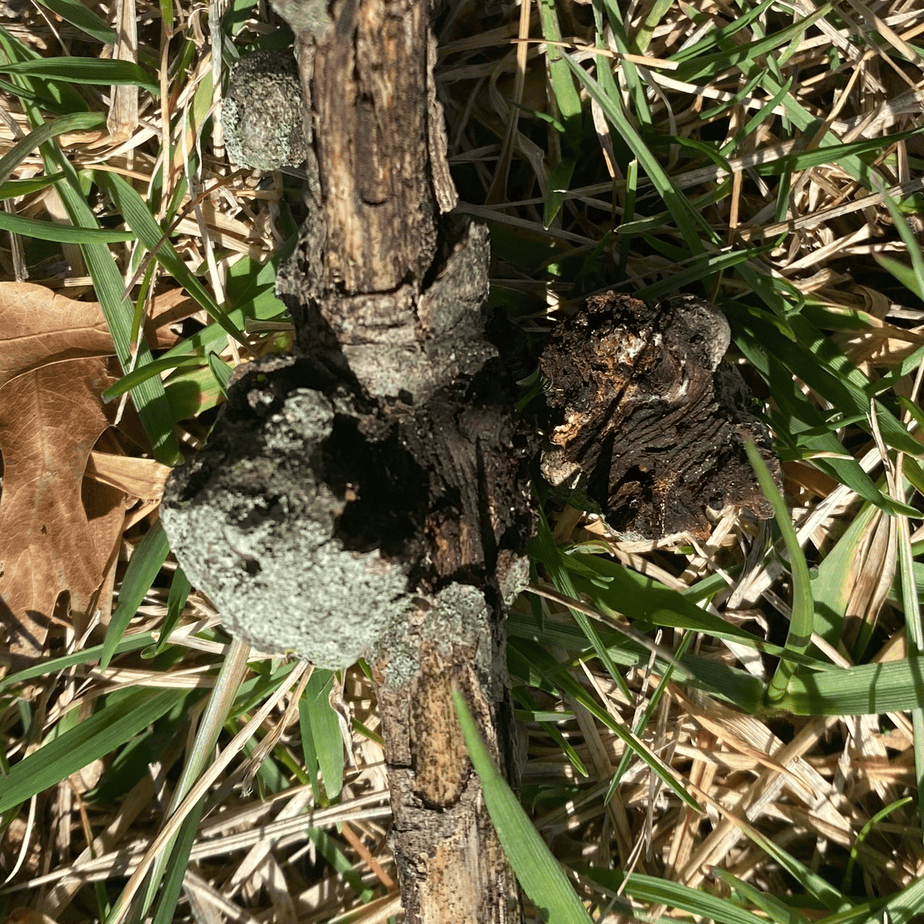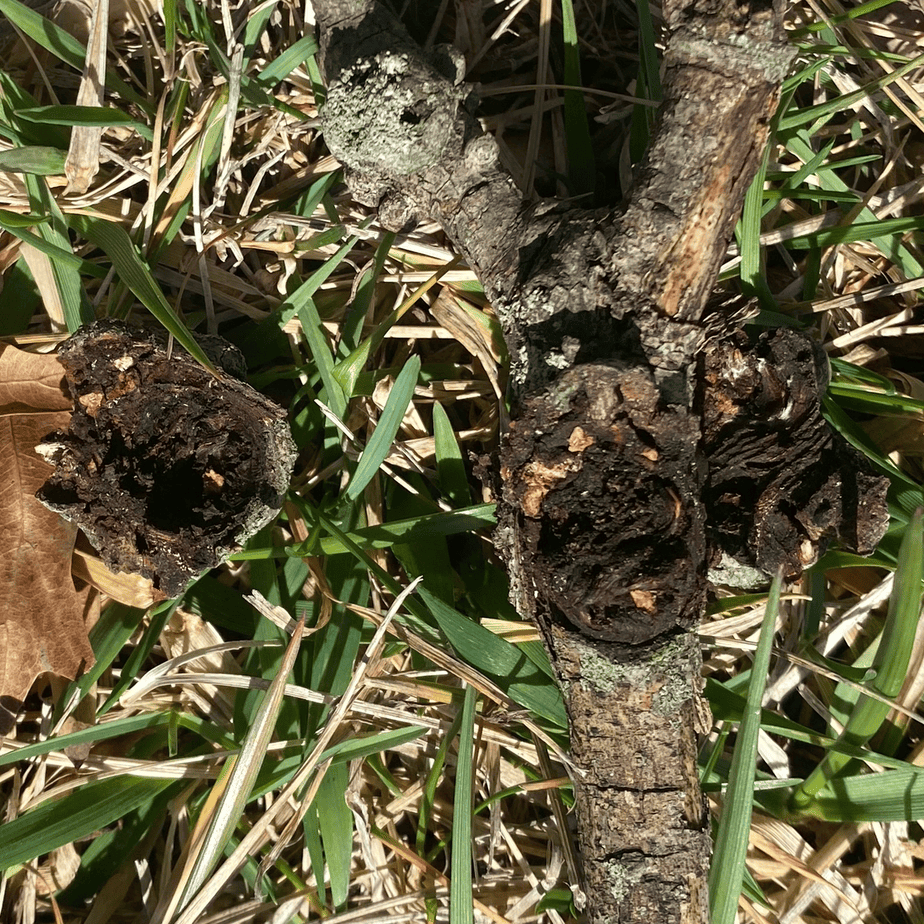Galls on trees are relatively common. They actually occur on all sorts of plants; however, I’m going to focus on trees. Of course, there is some crossover between plant and tree galls. Read more to find out some general information about galls.
What do galls look like?
Galls are abnormal growths that occur on limbs, twigs, and leaves. They usually are round or roundish. They can look like a ball, wart, or raised bump. Supposedly, they can be plain brown or brightly colored. I’ve only seen brown or yellow ones. Even if you have never heard of a gall, most likely, you would notice them on a tree. There is rarely just one. Read on to find out why they usually occur in numbers.
What causes galls on trees?
Galls are caused by some sort of irritation or stimulation. This is usually due to insect activity. Some common insects that cause galls are aphids, midges, wasps, and certain types of mites. These insects feed and lay eggs on the tree. Galls are also caused by bacteria, fungi, or nematodes. If you don’t remember, nematodes are worms. They commonly attack fruit trees. The irritating agent, whichever one it is, creates unusual growth. Technically, it is an interaction between the plant’s hormones and the chemicals produced by the irritant, that cause the unusual growth. In conclusion, there are about 1500 species of gall producers.
Do galls harm trees?
Most galls on leaves are harmless. Usually, the biggest concern is aesthetics. First, they don’t look very pretty. Second, they can deform leaves making them unsightly. However, not all galls are aesthetic. Numerous deformed leaves can negatively impact the plant’s ability to carry on photosynthesis. Nematodes on fruit trees are usually a parasite. They decrease tree growth, vigor, and fruit production. Galls on twigs and branches can be detrimental. It depends on the cause of the gall.
